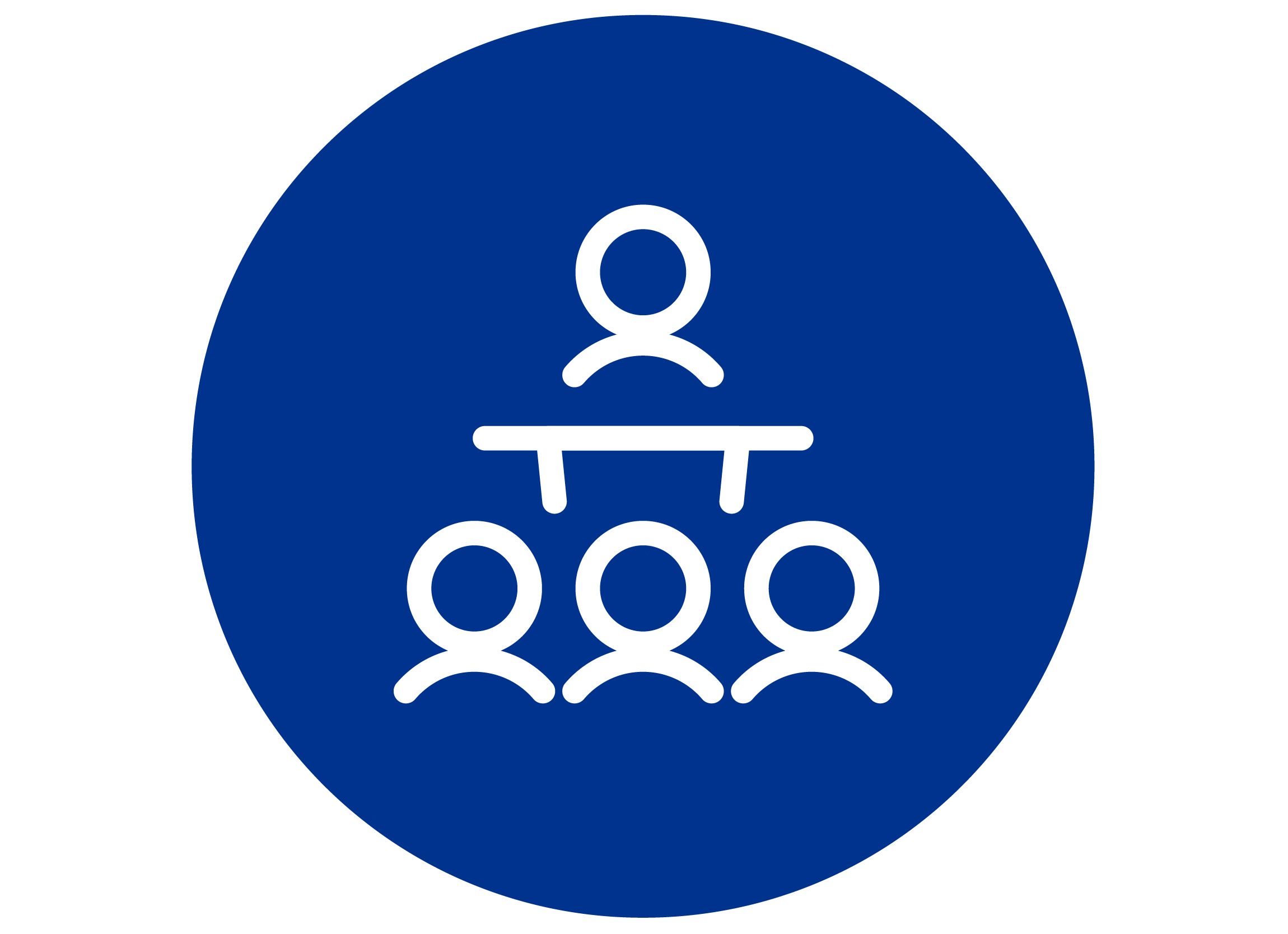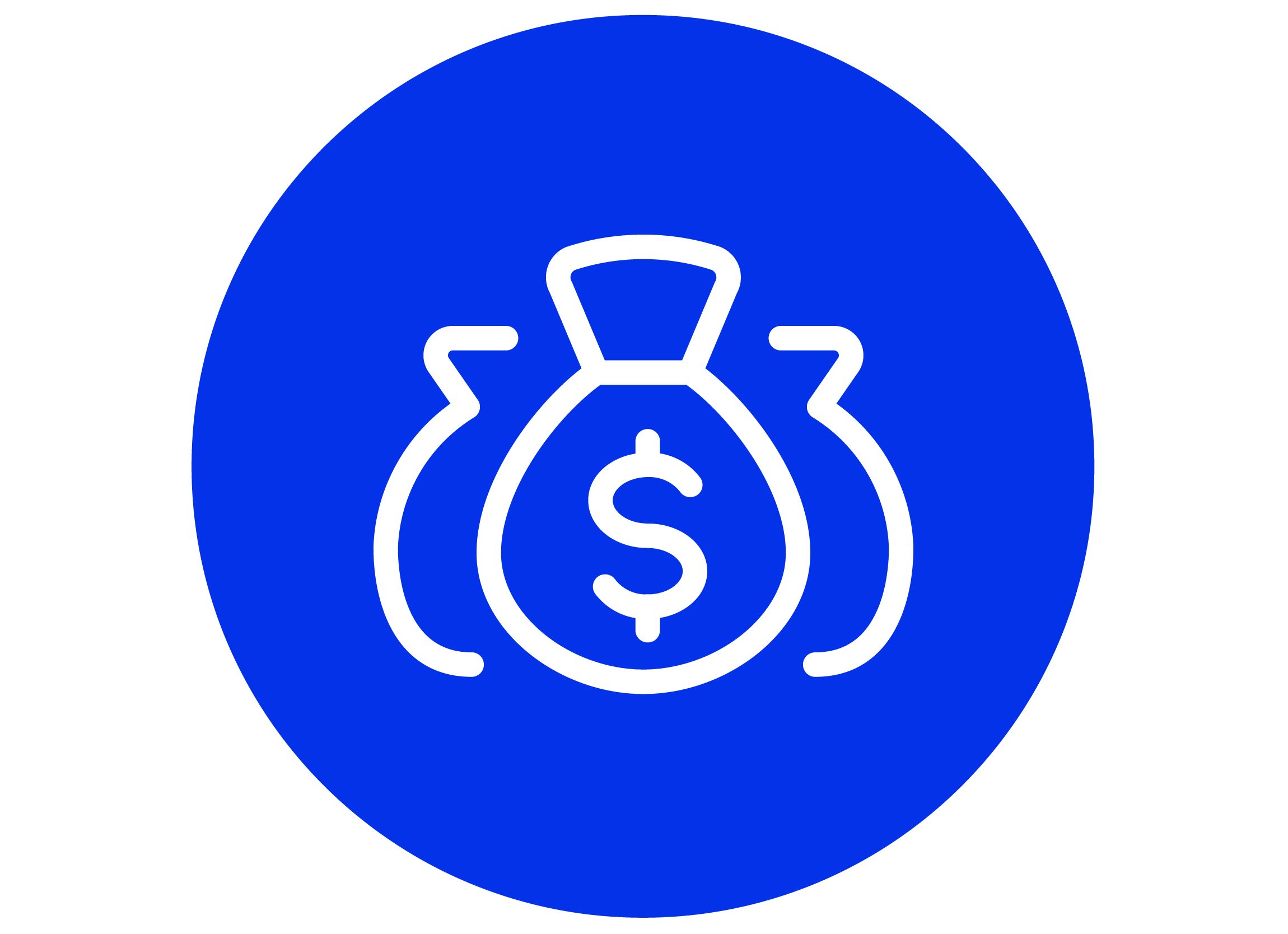The past year has seen a period of continued disruption, with the year beginning amidst the impact and uncertainty of COVID-19 and ending in strained economic conditions.
The challenges of a dynamic and evolving regulatory environment also continued this year. Despite this, financial results this year continue the promising trend towards recovery that we first saw last year.
Overview
In summary
- Statutory fund profits remain stable at $0.6b in FY2022 from $0.6b in FY2021.
- Risk Products reported profits of $1.2b, a recovery from the loss of -$20m observed in FY2021, where 96% of this profitability is due to Retail Disability Income.
- Non-Risk Products reported losses of -$0.6bn in FY2022, decreasing from $0.6b in FY2021.
- Group Risk Products paid claims as a proportion of premiums received declined from their peak in FY2020, whilst Retail Risk Products are relatively stable.
- The overall capital position across the industry remains strong, noting that the published APRA statistics do not include any supervisory adjustments imposed by APRA as part of their IDII sustainability measures (or for any other reason) and therefore the capital position shown is likely substantially stronger than the true underlying capital position.
Market size
The size of the market as measured by annual premium has remained stable, with life insurance premium income (excluding reinsurance) increasing by 1.4% to $17.9 billion p.a.
New Business and Lapse rates continued to be low in 2021 across all product groups, although lapses for IDII are starting to increase. These will be influenced by several factors, including the number of registered IFAs continuing to fall, increasing premium rates for legacy IDII benefits and increasing pressure on the cost of living (high inflation and rising interest rates).
The number of lives insured by the market continues to decrease although the rate has slowed (-1% vs -10% last year), highlighting that the stable premium income at an industry level was generated by cover increasing due to inflation as well as price increases across the market, some age related, but some in response to rising claims costs and losses over recent years.
Financial performance
Industry profits of $0.5bn were recorded in the year to June 2022. Of this, $0.6bn of profits were generated in the Insurers’ Statutory Funds, which was a stable position compared to prior year. This was underpinned by increased profitability ($1.2bn) on risk products and decreased profitability (-$1.2bn) on non-risk products due to adverse investment markets. Notably, the profits recorded on Individual Disability Income business increased substantially to $1.1bn from a $0.3bn loss in the prior year.
These improved profits are supported by improved claims levels, with Gross Claims as a Proportion of Gross Premiums decreasing by 5.6% for Risk Products. This highlights the continuation of the limited impact that COVID-19 has had on life insurance claims performance up to June 2022.
Expenses as a proportion of premium have also been relatively stable (ranging from 24.7% to 26.1%) over the last 3 years compared to an average of 28.9% over the previous 3 years. This may reflect companies completing projects which aimed to implement a range of regulatory changes and/or embedding in their business efficiencies arising out of the recent wave of M&A activity.
KPMG Life Insurance Insights Dashboard
KPMG's Life Insurance Insights Interactive Dashboard presents analysis based on a combination of leading analytics applied to APRA published statistics, supported by insights from our Life Insurance specialists.
Market snapshot
An infographic snapshot of life insurance market data to June 2022.
Industry Size and Capital Strength

$17.9bn
Direct Premium as at 30 June 2022, an increase of +1.4% from $17.6bn in prior year.
41.7%
Inwards reinsurance Premiums as a proportion of Direct Insurers premiums as at 30 June 2022, a increase of 0.6% from 41.1% in the prior year^.
31.5m
The sum of lives insured across cover and channel types as at 31 December 2021, a decrease of 2% from 32.2m in the prior year^^.
-9m
Reduction in the sum of lives insured across cover types in the Group Super channel in the three years to 31 December 2021^^.
2.0
The industry capital coverage ratio has increased from 1.9 in the prior year.
Industry Profits

$0.6bn
Profit across the Life Insurance industry in the 12 months to June 2022. In the prior year $0.6bn of profits were reported^^^.
+$1.2bn
Increase in profit on Risk Products from the prior year. The profits totalled $1.2bn as at 30 June 2022.
-$1.2bn
Decrease in profit on Non-Risk Products from the prior year. The losses totalled -$0.6bn as at 30 June 2022.
$1.1bn
Profits on Retail Disability Income as at 30 June 2022. The losses totalled $0.3bn as at 30 June 2021.
-$0.1bn
Losses on Group Lump Sum, which is the only loss-making Risk Product.
Product Revenue and Distribution

71%
Proportion of Risk Product Net premium relating to Lump Sum (Retail & Group) as at 30 June 2022.
61%
Annual premium sold through Individual channels (as opposed to Group) at 31 December 2021. 52% of the market is sold through the individual advised channel.
-2.6%
Reduction in new business volumes at 31 December 2021 compared to the prior year^^^^.
68%
Proportion of Risk Product Gross Annual Premium written by top 5 companies (as at 31 December 2021).
50%
Proportion of Risk Product Gross Annual Premium relating to Superannuation business.
Customer Impact

+8.3%
Increase in the average premium per policy for Risk Products in the 12 months to 31 December 2021.
+19%
Increase in the Individual Disability Insurance average premium per policy in the two years to 31 December 2021.
97%–98%
Acceptance rates for death cover (Group and Retail).
9%–16%
Decline rates for TPD (Group and Retail). These have been broadly stable across the industry over the last 12 months.
-2.2%
Reduction in the lapse rate at 31 December 2021 compared to the prior year^^^^.
Life insurance insights 2022 webinar
Life insurance market outlook
The improved financial results observed for risk products may arise from a number of factors including one-off events as COVID reserves are unwound and the benefits of underlying improvements in profitability following repricing. We expect the following to be key areas of focus for life insurers during the next 12 months and beyond.
Unprecedented times – COVID concerns move to the Economy
COVID-19 is largely now BAU, with many companies unwinding reserves and anecdotally reporting few COVID claims arising directly or indirectly other than in insurance targeting older people. The Claims/Premium ratio was steady for benefits other than Group Lump Sum, which declined.
Mental health continues to be an area of concern for the Australian population, with the number of Medicare subsidised mental health specific services delivered in the 4 weeks to 1 May, 11.5% lower than 2021, but 4.7% and 7.5% higher than 2020 and 2019 respectively.
Impacts on mental health related claims typically take up to 18 months to emerge and therefore may not yet be reflected in claims data, however currently there are no indications that the increase in usage of mental health services is translating into new mental health claims.
The positive IDII/GSC experience may be assisted by the low unemployment rate (3.5% as at 30 June 2022 and averaged at 4.4% over the year), and increasing interest rates.
Search for Growth
As a number of companies have largely completed their M&A activity and the subsequent integration of their businesses, the focus shifts to growth. Organic market growth has proved challenging for the industry over the last few years.
Group Insurance
The group life market remains highly concentrated with a few providers. The focus by APRA on consolidating superannuation funds has a similar impact on group insurance and is potentially further adding to the market concentration. This market shrank considerably following the Protect Your Super (PYS) and Putting Members’ Interest First (PMIF) regulatory changes but has been stable over the past year. The number of group super benefit issued in the industry decreased from 29.7 M benefits as at 30 June 2019 to 20.4 M benefits as at 31 December 2020 to 20.1 M benefits as at 31 December 2021.
Individual Advised
New Business and Lapse rates continued to be low in the year to 31 December 2021, across lump sum and IDII benefits. These will be influenced by several factors, including the number of registered IFAs continuing to fall, increasing premium rates for legacy IDII benefits and the impact of COVID on the risk aversion of policy holders.
Individual Non-Advised
The direct market was heavily impacted by the reforms following the Royal Commission, with lives insured decreasing to 3.6M at 31 December 2021 from 5.0M at 30 June 2019, with most of the change flowing from the decrease in Consumer Credit Insurance.
Consumer focus
The number of benefits insured, summed across cover and channel types, has broadly stabilised as at 31 December 2021 after decreasing by 23% over the two years to 31 December 2020. A significant proportion of this is expected to be due to the PYS and PMIF legislation.
The average premium per policy has continued to increase particularly for disability insurance and TPD with increases of 11% and 13% respectively over the past year and 36% and 64% respectively over the past 3 years.
Decline rates have been broadly stable across the industry over the last 12 months. TPD traditionally has the highest decline rate at 10.6% for Group Super (stable with 10.8% last year) and 17.5% for Individual Advised (decreased from 18.5% last year).
Systems and data
Data continues to be high on the agenda for all insurers, with many insurers now starting to move beyond data strategy, data quality improvements or the upgrading of data infrastructure to the enhancement of data analytics.
This push for improved use of data has been driven by several external factors, such as regulatory changes, including IDII and AASB 17, along with a drive to better understand changes to customer expectations, the drivers of claims experience and pressure on distribution channels.
Capital position
The statistics show a significant increase in the capital strength of the insurance industry with a Prescribed Capital Amount (PCA) ratio of 2.03.
This likely overstates the capital strength of the industry as many insurers will be subject to Supervisory Adjustments as part of APRA’s IDII sustainability measures and these are not included in the official statistics.
With acquisition, integration and separation activity now completed for a number of insurers, shareholder focus on the ability to generate robust, sustainable returns on capital is likely to increase further.
Environmental, Social & Governance (ESG)
Shareholders, regulators and community expectations continue to drive a focus on ESG throughout the Financial Services industry – and COP27 has intensified this. Expectations of financial service providers are increasing (e.g. APRA released guidance CPG 229 in November 2021) – and this trend will continue.
Globally, many organisations are shifting their IFRS 17 implementation teams over to ESG in order to make significant advances in creating an ESG framework and reporting against that framework.
Life insurers in Australia are continuing to embed a range of governance and process changes associated with IDII sustainability. There is an opportunity to broaden these efforts to include an ESG framework which is constructed around a core purpose of providing long term cover to policyholders.
In terms of life insurance specific considerations, the ESG risks associated with the liability side of the balance sheet needs to be considered, including the brand/reputational/social licence implications of large potential environmental or social risks that may arise through concentrations of risk either on a geographic or industry segment.
Connect with us
Sign up to receive Insurance Insights – delivered directly to your inbox.
Footnotes:
^ The statistic represents the proportions of direct premiums reinsured within the Australian Market.
^^ Calculated as the sum of lives insured across each cover and channel types. This doesn’t represent the number of individuals insured (as an individual may have multiple covers).
^^^ Reflects profits of Life Insurance Statutory Funds, as opposed to the Entity in the APRA Performance Statistics.
^^^^ Calculated as a weighted average rate across different cover and channel types using the APRA Claims and Dispute statistics which contains only Risk Products.


